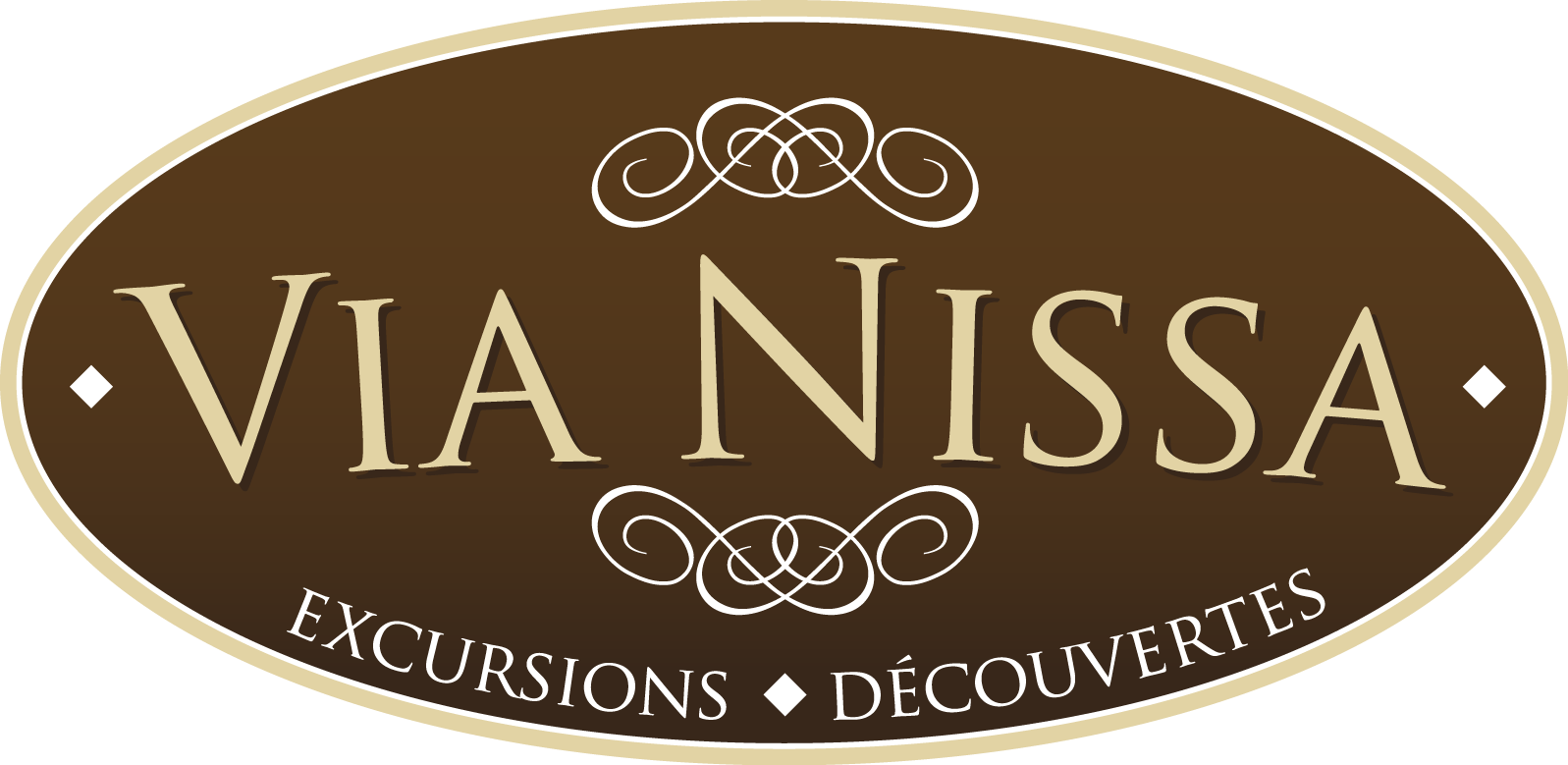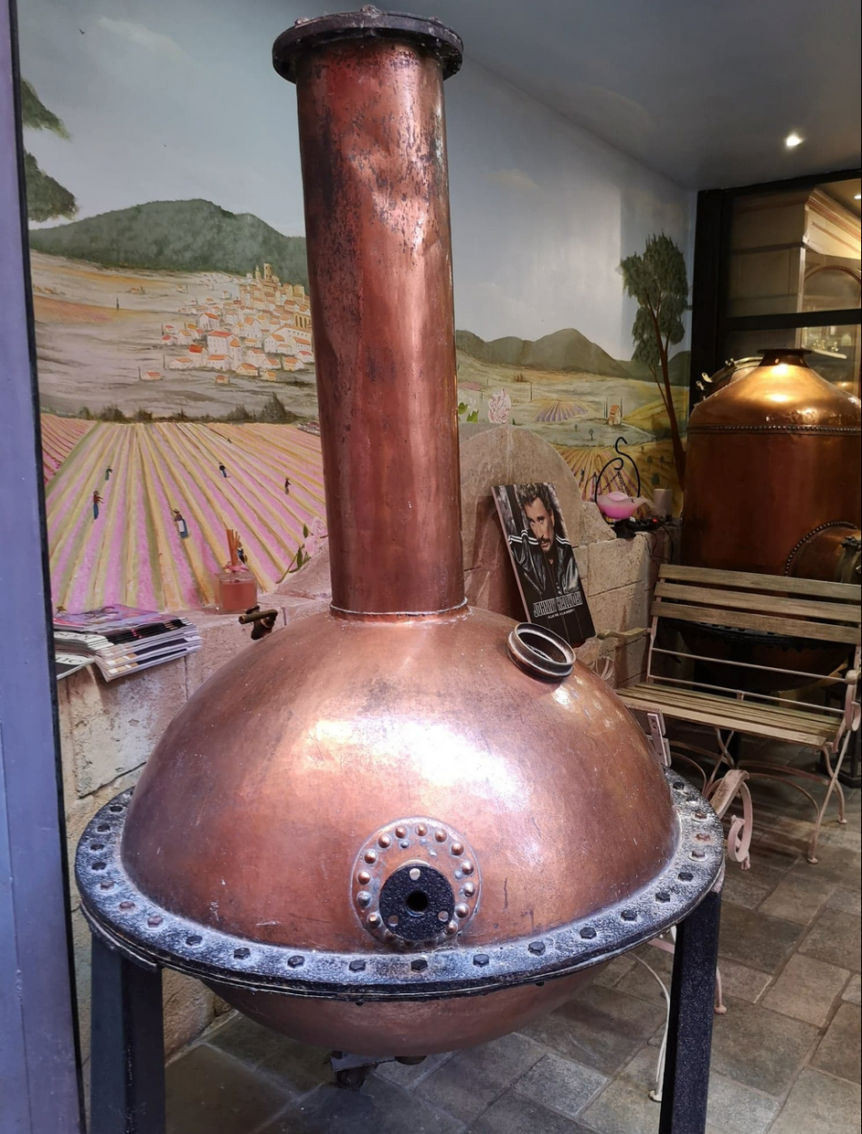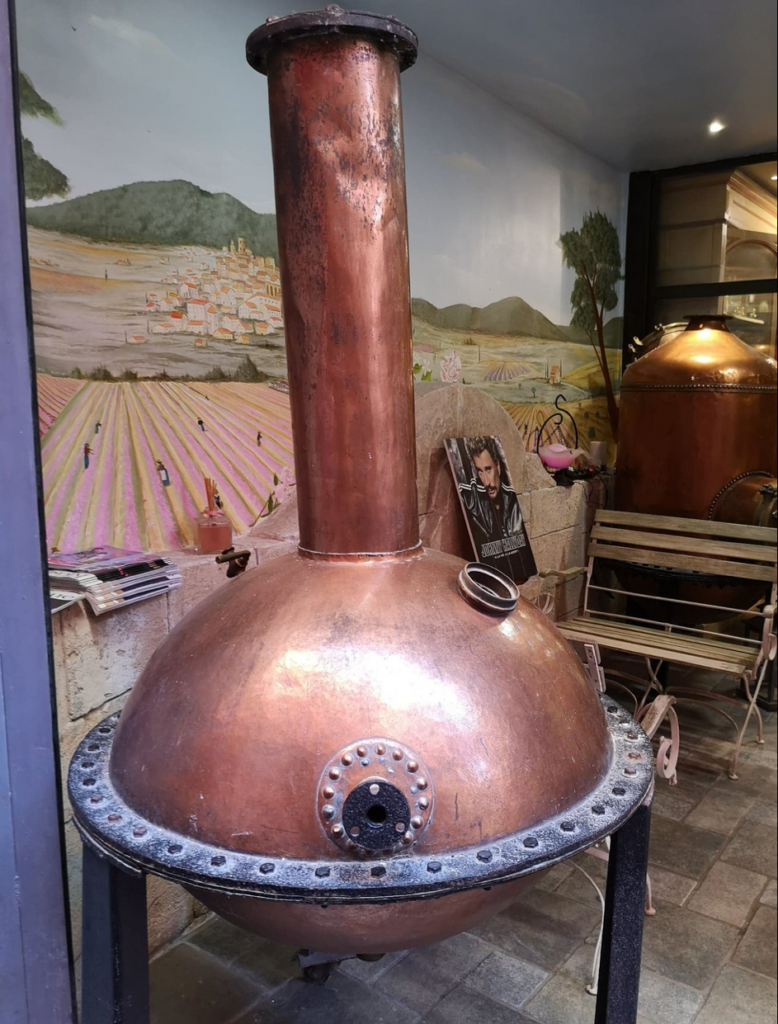
Grasse, perhaps the best smelling town in the world in 2018, was inscribed on the UNESCO Representative List of Intangible Cultural Heritage of Humanity for its cultivation of perfume plants, the knowledge of processing natural raw materials and the art of perfume composition. Via Nissa brings you deep into the Perfume Capital of the World, its fields of flowers, perfumeries and its Art de Vivre, during full day visit to this town’s perfume and artistic center. The visit will include a two hour private master class with a professional perfumer, a private “nose”, skilled in the art of raw material composition to create perfume. The class will focus on natural raw materials from Grasse and the Mediterranean region, with a theme on flowers and hesperide notes, such as bergamot, which will allow the creation of a simple eau de cologne. Do not expect that in two hours you will become a perfumer and create your own perfume as that only occurs in movies and tourism of mass. Following the master class, you will spend time with a professional artisan perfumer who will update you on the world of perfume, what the new perfume models are post-niche brands and a discovery of some of the unusual products that are being created, often with unusual raw materials. Lunch will be held in Grasse with a historian of the perfume industry in Grasse, a recent doctorate whose award winning thesis was on this topic. The afternoon involves a visit to the Musée International de la Parfumerie, followed by an authentic and generational producer of raw materials such as jasmine and tuberose, and distiller, who will share with you their knowledge in the growing and processing of raw materials. This visit is designed for perfume lovers and those who desire to learn as much as possible about the world of perfume. It is not designed for the expert, nor it is for the casual tourist.
Grasse was known for its perfume back as far as the twelfth century, when it was known for its leather and tanning industry. Grasse had two important assets. First, a source of water ran under the city and second, the surrounding area was an ideal climate for growing essential flowers required for perfume production, such as Jasmin, Tuberose, Lavender, Vetiver, Iris and citrus trees such as the Bitter Orange. A visitor to Grasse in the late 1800s wrote of having collected some 250 flowers in the region and “not nearly exhausted the floral treasures of plain and hill.” Its tanneries could produce gloves, but they gave off a terrible odor. To solve this problem, a local tanner named Jean de Galimard decided to mask the odor with the scent of rose, jasmine and mimosa. He created a pair of gloves for Catherine of Medici, the Queen of France from 1547-1559. She loved them so much that they became the most highly sought out item by all of Europe’s aristocracy. But it wasn’t until the 1700’s that new production and extraction methods turned Grasse’s perfume into a thriving industry.
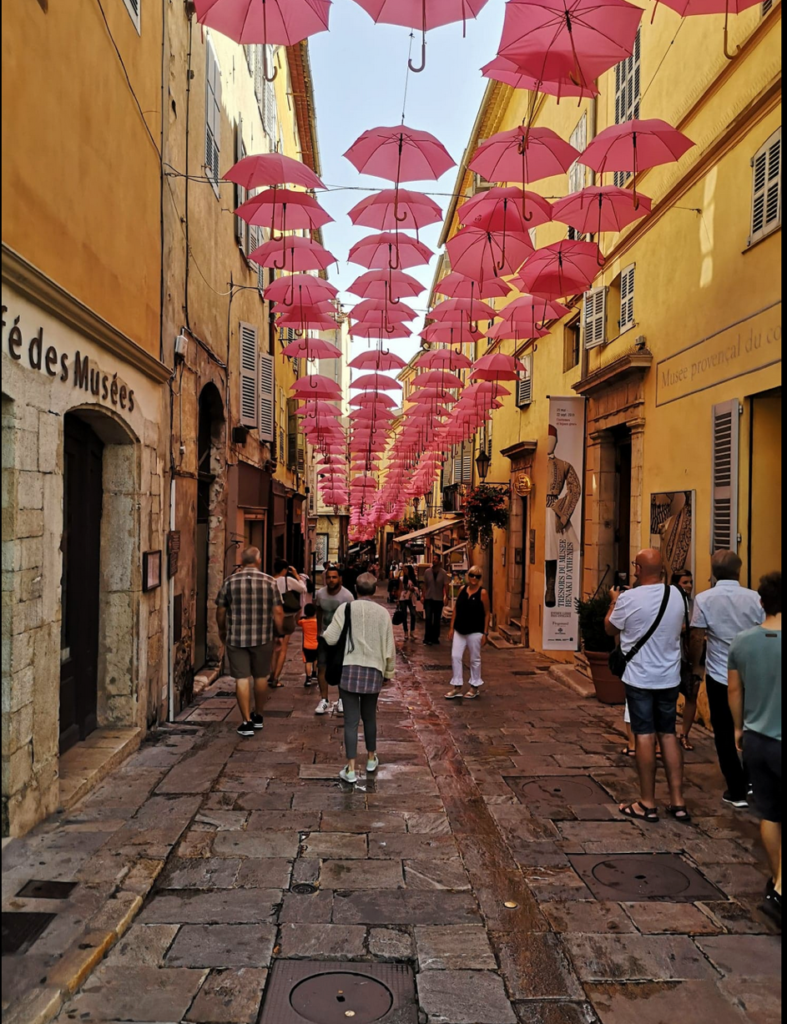
The city remains the home of dozens of fragrance and flavor companies, and around the world, we can find Grassois companies, such as Manes Fils, Robertet, Charabot, IFF Monique Rémy and Payan Bertrand harvesting raw materials. Louis Vuitton Malletier chose Grasse as the location for its perfume creation workshops. In fact, ninety percent of the business in Grasse is dedicated to luxury goods and cosmetics. The flowers used for making the famous Chanel °5 are grown and harvested here.
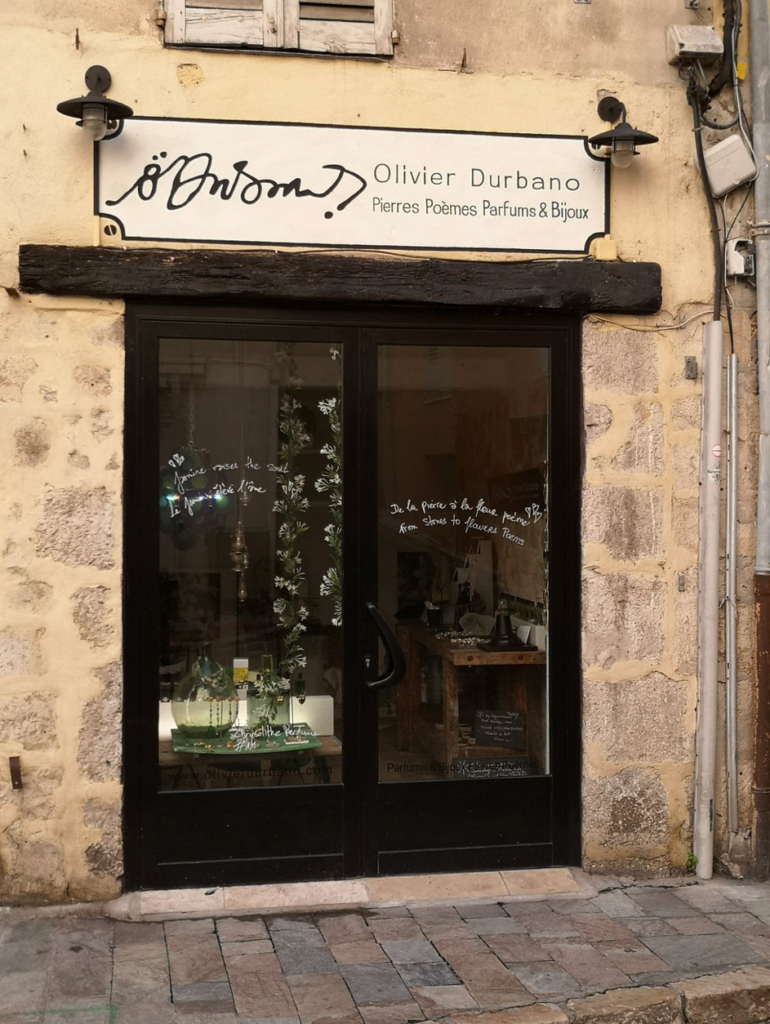
Grasse, the subject of the movie: Perfume: The Story of a Murderer (Patrick Süskind’s 1995 novel, Perfume), tells the story of Jean Baptiste Grenouille, one of the 18th century’s finest perfumers, who was obsessed with capturing an elusive aroma. Grasse also appeared in the 2009 film, Coco Chanel and Igor Stravinsky. This passion for telling stories is what Noses live for and they understand the world scent.
